A Primer on Quadrature Amplitude Modulation (QAM)
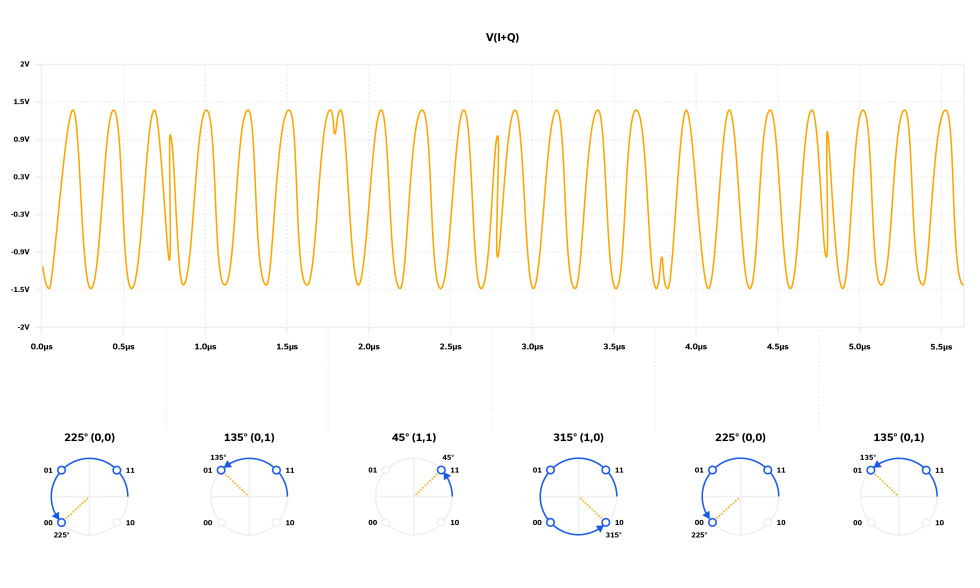
While other modulation schemes discussed in this blog series (pulse, frequency, amplitude, phase) date back to the early chapters of RF engineering history, quadrature amplitude modulation (QAM) was first described by C. R. Cahn in 19602 and evolved steadily over the next few decades. In the last 25 to 30 years, no modulation scheme has seen such widespread development and application as QAM. The technology has played a pivotal role in the industry’s ability to scale data speed and capacity with user demand by packing more data onto the carrier waveform and pushing a fixed channel bandwidth closer to Shannon’s limit. QAM modulation is used widely in cellular networks and backhaul, CATV networks and fixed wireless access points (802.11), and satellite communications to name a few. See Table 3 in Reference [3] for a more detailed list of applications.
In this article, we describe QAM using basic mathematics and illustrate how a QAM modulator operates. We introduce the concept of a constellation diagram and how it relates to the time domain plots for QAM modulation. A representative set of components is then utilized to design a functional QAM modulator by way of illustration. We conclude by describing how the QAM signal is demodulated at the receiver.
Fully Non-Blocking (Full Fan-Out) RF Switch Matrices

The first two articles in this series established that blocking switch matrices use switches to allow one-to-one connections between input and output ports, while non-blocking switch matrices use splitter/combiners on either the input our output ports to allow one-to-many or many-to-one connections. In this article, we’ll examine the fully non-blocking or “full fan-out” configuration in which all inputs are connected simultaneously to all outputs via splitter/combiners, sometimes with programmable attenuation on every path. Features, advantages, applications and examples will be reviewed.
Switch Matrix Configurations
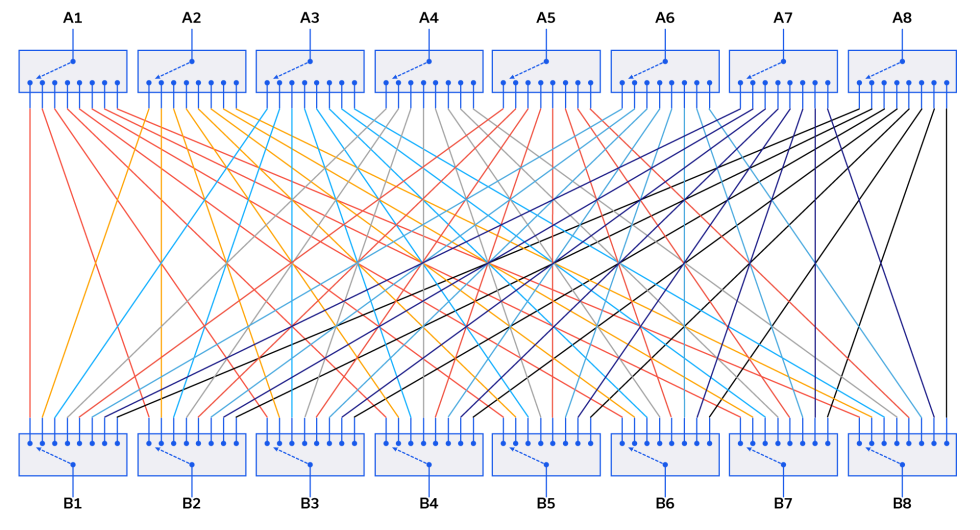
Switch matrices are an essential tool for control of RF signal routing in any environment where there is a recurring need to change how systems interconnect. The addition of Ethernet and USB interfaces with flexible software and APIs (application programming interfaces) makes switch matrices particularly useful in automated test environments, allowing test sequences to be scheduled to run with no user intervention, switching between multiple devices under test (DUT), input / output ports and test equipment.
RF Blocking Switch Matrices

Blocking switch matrices are constructed using switches on the inputs and outputs, as shown in Figure 1. They are called “blocking” because once a path is set between any pair of ports, those 2 ports are not available (blocked) for use by any other path. Multiple paths can be active in parallel, up to the number of input ports or the number of output ports (whichever is fewer), with each path connecting a different pair of ports.
RF Non-Blocking Switch Matrices
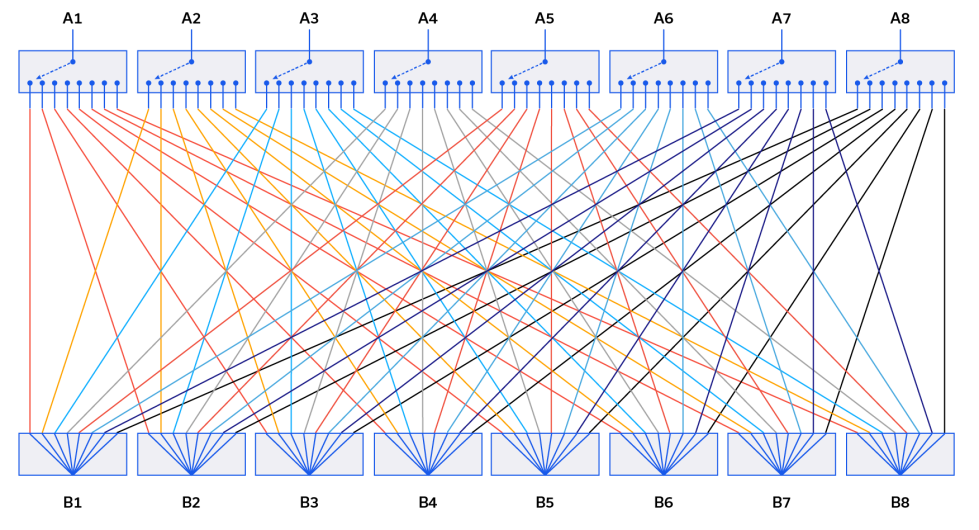
Non-blocking switch matrices are constructed using switches on one set of ports and passive splitter / combiners on the other. They are referred to as non-blocking (sometimes partially non-blocking) since the splitter / combiner component allows a single port to be connected concurrently to multiple ports on the opposite side. Hence the path is not blocking any other ports from connecting, as would be the case with a blocking switch matrix.
Non-blocking matrices are often characterized as either fan-in or fan-out depending on the orientation of the splitter / combiners relative to the input ports.
BOOST YOUR KNOWLEDGE: A COMPREHENSIVE GUIDE TO RF BIAS TEES – TYPES AND APPLICATIONS EXPLAINED
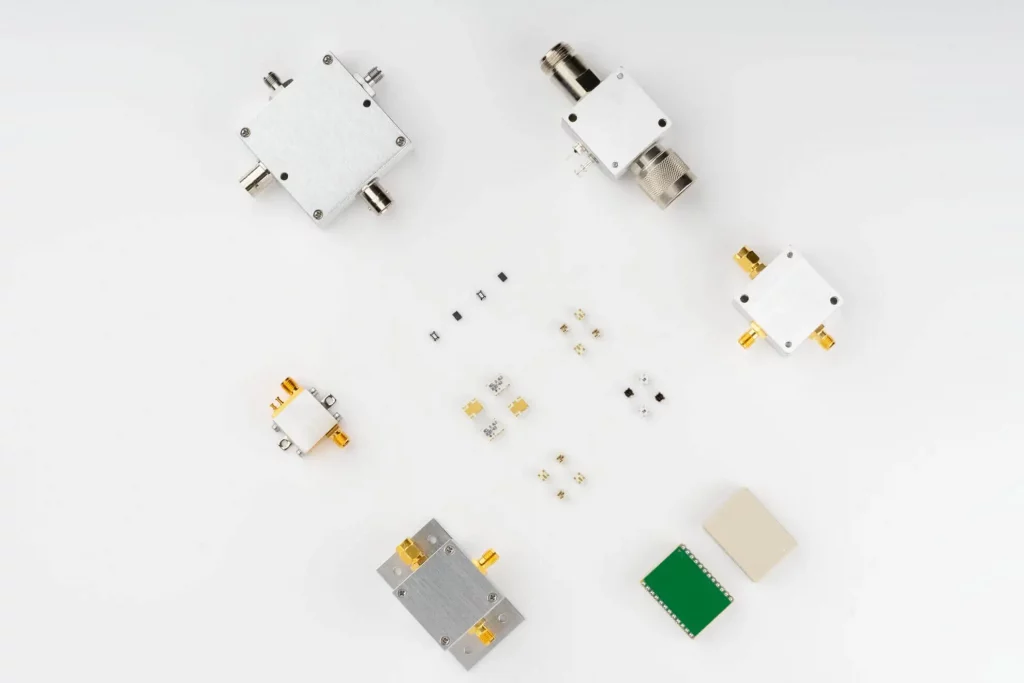
RF Bias Tees are electronic devices that are used to combine DC power and RF signals on a single transmission line. These devices are used in a wide range of applications, including wireless communication systems, test and measurement equipment, and RF circuit design. RF bias tees can also be used to power active RF components, such as amplifiers and mixers, while also allowing the RF signal to pass through the device.
New Space applications
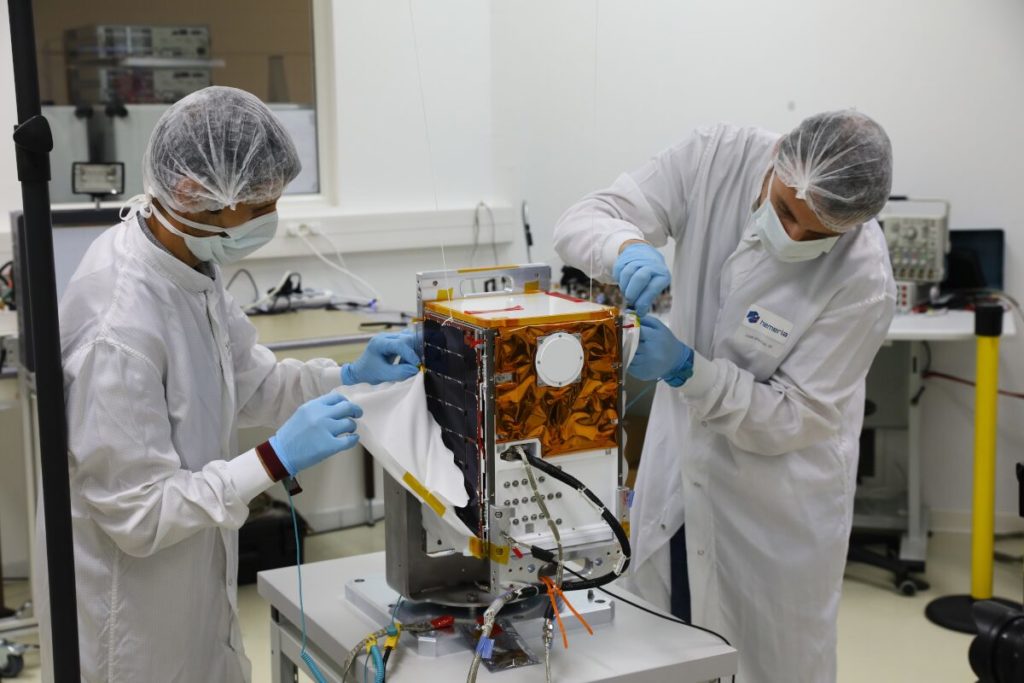
Undoubtedly, the space industry is one of the strongest innovation drivers today.
In the past, space applications helped making our lives on earth better with applications that resulted from Space technologies such as:
Airbag
ABS
Satnav – GPS
Baby formula
…
Israel’s astronauts in Space

Ilan Ramon was born in 1954 in Ramat-Gan, Israel. His father Eliezer fled Germany in 1935 and his mother Tonya survived the Auschwitz extermination camp. Ilan’s parents immigrated to Israel after the second world war, in 1949. Ilan grew up in the town of Beer Sheba (south of Israel) and graduated from high school in 1972. In 1972, Ilan graduated with a B.Sc. degree in electronics and computer engineering from the Tel Aviv University.
Space IL – The Israeli Moon landing mission
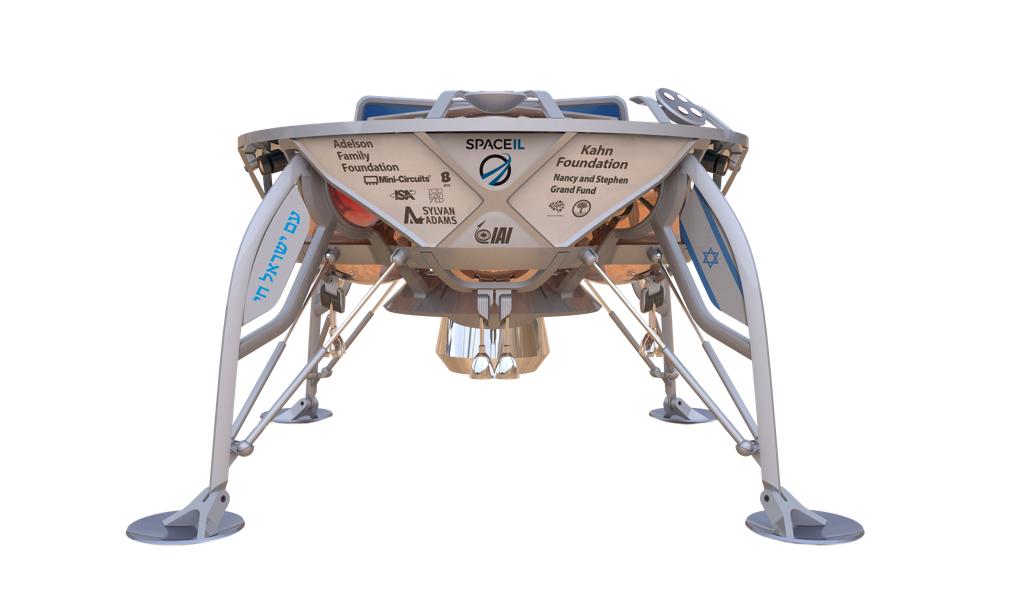
The adventure began in 2011 with SpaceIL as the dream of three Israeli entrepreneurs: Yariv Bash, Kfir Damari, and Yehonatan Weintraub, and swiftly grew into a national project with numerous funders, collaborators, employees, and volunteers. Harvey Kaylie, the founder of Mini-Circuits (Z”L), became aware of this project and was one of the first to support this unique and historic endeavor aiming at strengthening the high-tech sector, promote education and see Mini-Circuits’ name literally reach the moon.
The Israeli Space Industry
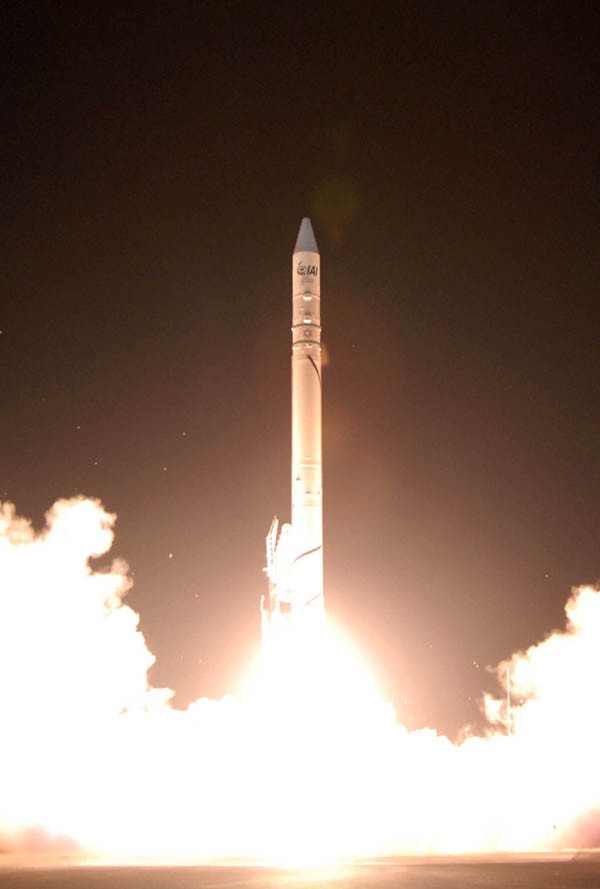
Israel has a lengthy history of accomplishment in space, including technological advancement, applications, and competitive products. The Space Program began in the 1980s, when Israel was the ninth country in the world to successfully launch and position satellites in space. This was an extraordinary achievement for a country of less than 4 million inhabitants at the time.
The primary goal was and continues to be to build a comprehensive infrastructure for space research. Due to security concerns and a lack of resources, Israel has primarily focused on miniaturizing technologies and developing small, light satellites with high resolution, remote sensing, and communication capabilities. Israel is regarded as a world leader in this industry: a small country with a significant technological advantage. The primary activities of Israel’s space industry include satellite development, production, and operation, as well as the selling of communication services and remote sensing.





